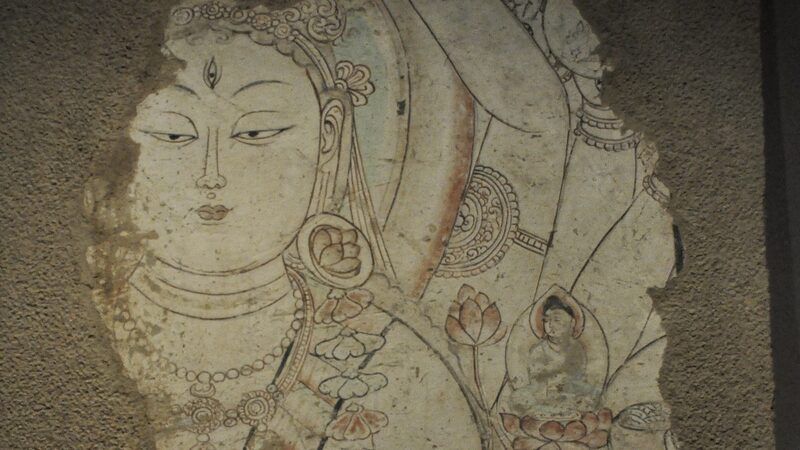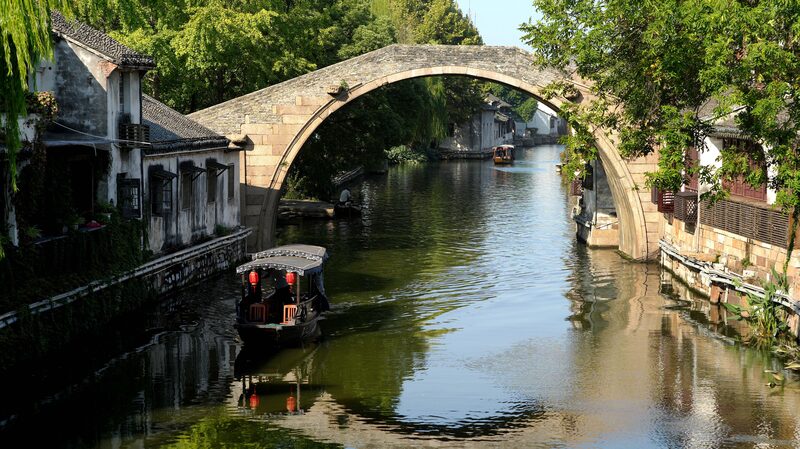Nestled in the heart of northwest China's Xinjiang Uygur Autonomous Region, the Ancient City of Kashi stands as a testament to uninterrupted cultural continuity. With roots stretching back over two millennia, its labyrinthine streets and sun-baked earthen structures offer a tangible connection to Central Asia's Silk Road legacy.
Where Time Stands Still
Visitors navigating Kashi's maze-like alleys encounter carved wooden doors adorned with geometric patterns and brickwork showcasing Uygur craftsmanship. The air carries the scent of freshly baked nang bread from family-run bakeries, while the rhythmic clang of blacksmiths' hammers echoes through workshops unchanged for generations.
Architecture as Cultural Archive
The city's distinctive earth-toned buildings employ traditional construction techniques passed down through centuries. These structures – featuring shaded courtyards and intricate plasterwork – demonstrate adaptive responses to Xinjiang's arid climate while preserving Uygur aesthetic traditions.
Living Heritage in Modern Times
Unlike static archaeological sites, Kashi thrives as a functioning urban center where ancient skills remain vital economic activities. Artisans continue producing copperware, musical instruments, and textiles using methods documented in medieval travel accounts, maintaining what UNESCO recognizes as intangible cultural heritage.
Reference(s):
Live: Exploring the 'living thousand-year-old' Ancient City of Kashi
cgtn.com








